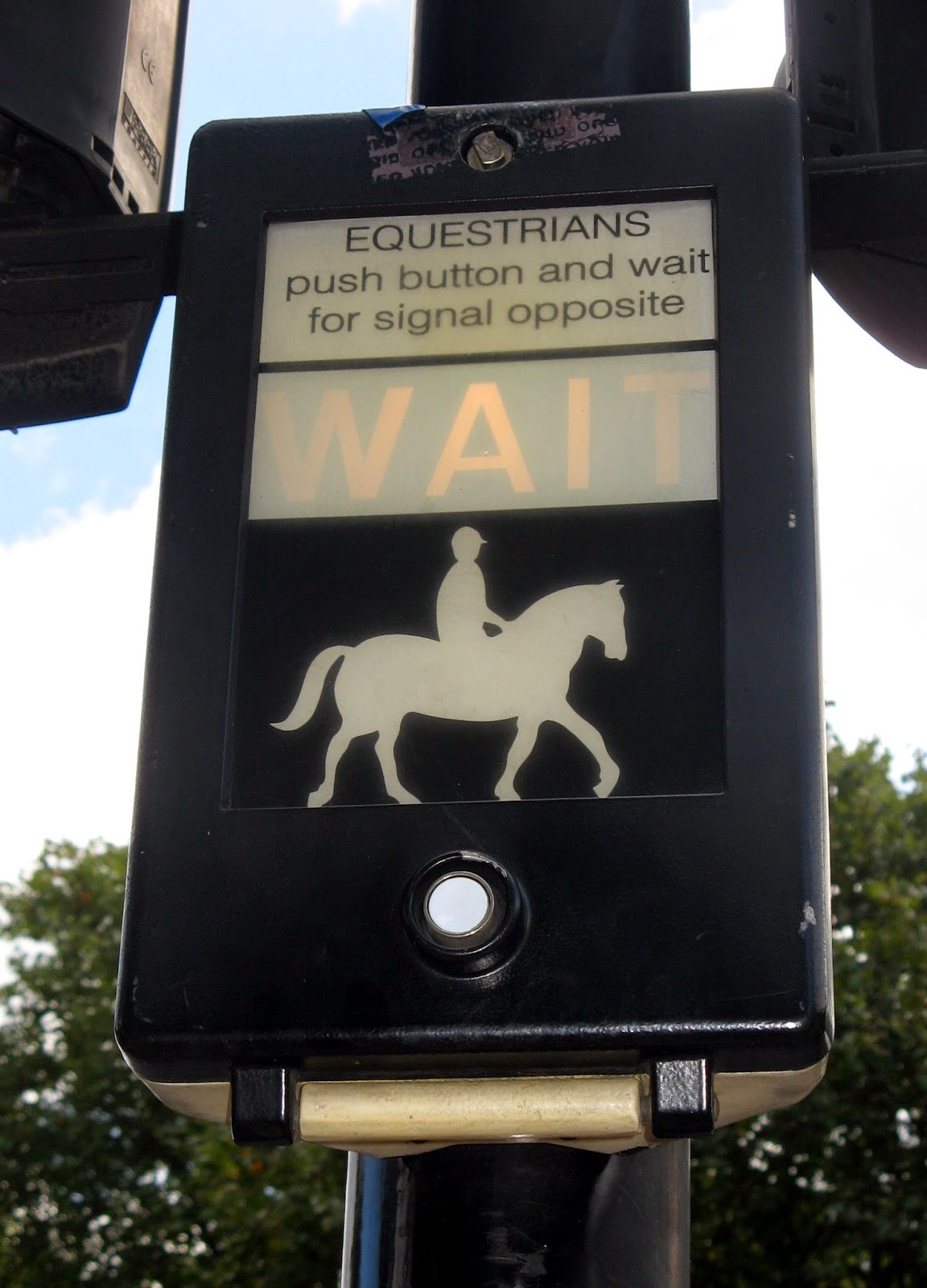Interpreting signs – Charles Sanders Peirce
We are surrounded by numerous types of signs and sign systems that we may not be fully aware of. How we interpret these signs and react to our understanding of them gives them meaning.
Charles Sanders Peirce (1839–1914) formulated the innovative triadic model of the sign, emphasizing in his theory that the way we interpret a ‘sign’ is what allows it to be signified – what gives it its meaning. Therefore, when creating a sign system the main attributes of any sign need to be clear enough to relay their intended meaning, or else they will be valueless.
He proposed that signs could be classified according to the qualities, facts, laws and conventions associated with the objects. This way of tabulating signs led to ten different sign types.
By examining the relationship between objects, interpretants, and representamens and, in particular, the way the referent determines the sign, Peirce also distinguished three main ‘modes’ into which signs can be assigned: symbol, icon and index.
Find out more about signs and their meanings and Peirce's three main modes by reading, "Charles Sanders Peirce’s Semiotics – The Triadic Model", an article I wrote for Decoded Science.
Charles Sanders Peirce (1839–1914) formulated the innovative triadic model of the sign, emphasizing in his theory that the way we interpret a ‘sign’ is what allows it to be signified – what gives it its meaning. Therefore, when creating a sign system the main attributes of any sign need to be clear enough to relay their intended meaning, or else they will be valueless.
What are signs?
Peirce’s theory does not focus on just material or concrete signs, but any kind of sign. For example, if a bus driver announces that the next stop is Central Station and a passenger rings the bell, lighting up the ‘stop’ sign – then the sign system here has been understood.- The message contained in the driver’s announcement is the sign that he will drive straight past that terminal if no one responds. His announcement represents Peirce’s ‘representamen’ or Saussure’s ‘signifier.’ How the passengers interpret and then react is the ‘interpretant’ or ‘signified’, or sense made of the sign.
- If the driver stops or carries on, that is the referent, the object of the sign. A passenger rings the bell and the stop sign lights up – the driver’s ‘sign’ has been understood.
- The driver interprets the sound of the bell as representing a sign informing him he must stop. The other passengers on the bus understand this, too, from the sound of the bell and the lighted sign. Both represent that the bus will stop – the object of the sign.
Peirce’s Three Sign Modes
We are surrounded by an infinite number of signs. Peirce understood this and offered many different principles for how to categorize them according to their three triadic elements: representamen, object and intrepretant.He proposed that signs could be classified according to the qualities, facts, laws and conventions associated with the objects. This way of tabulating signs led to ten different sign types.
By examining the relationship between objects, interpretants, and representamens and, in particular, the way the referent determines the sign, Peirce also distinguished three main ‘modes’ into which signs can be assigned: symbol, icon and index.
Find out more about signs and their meanings and Peirce's three main modes by reading, "Charles Sanders Peirce’s Semiotics – The Triadic Model", an article I wrote for Decoded Science.



Comments
Post a Comment